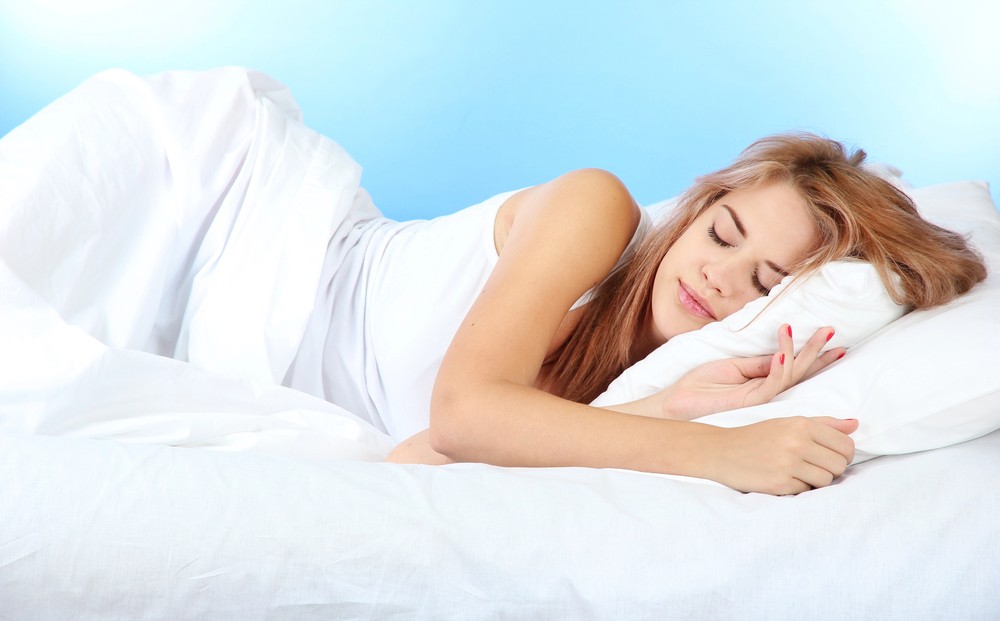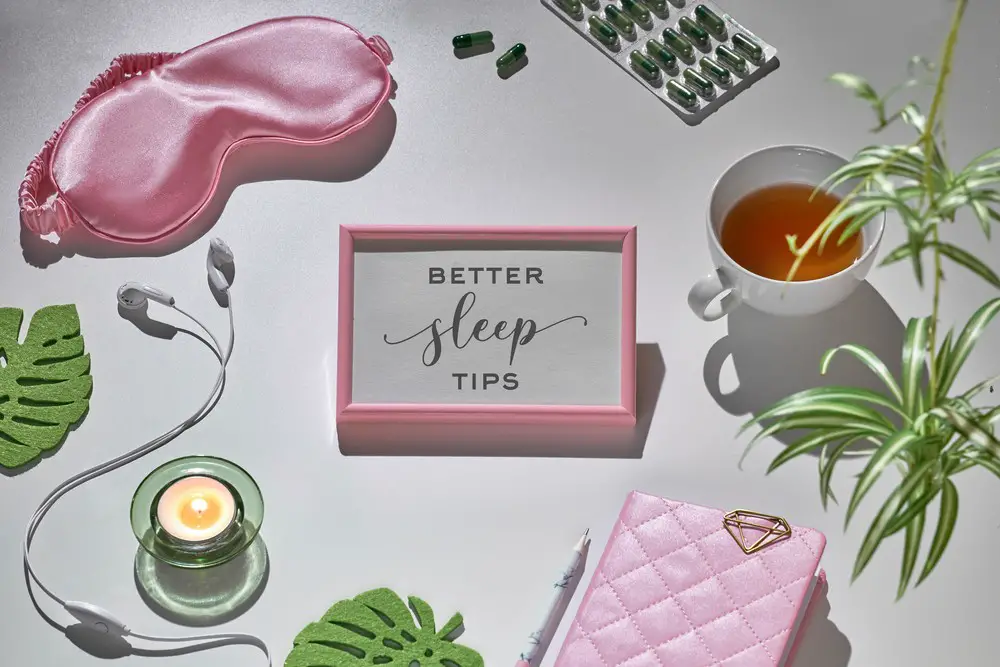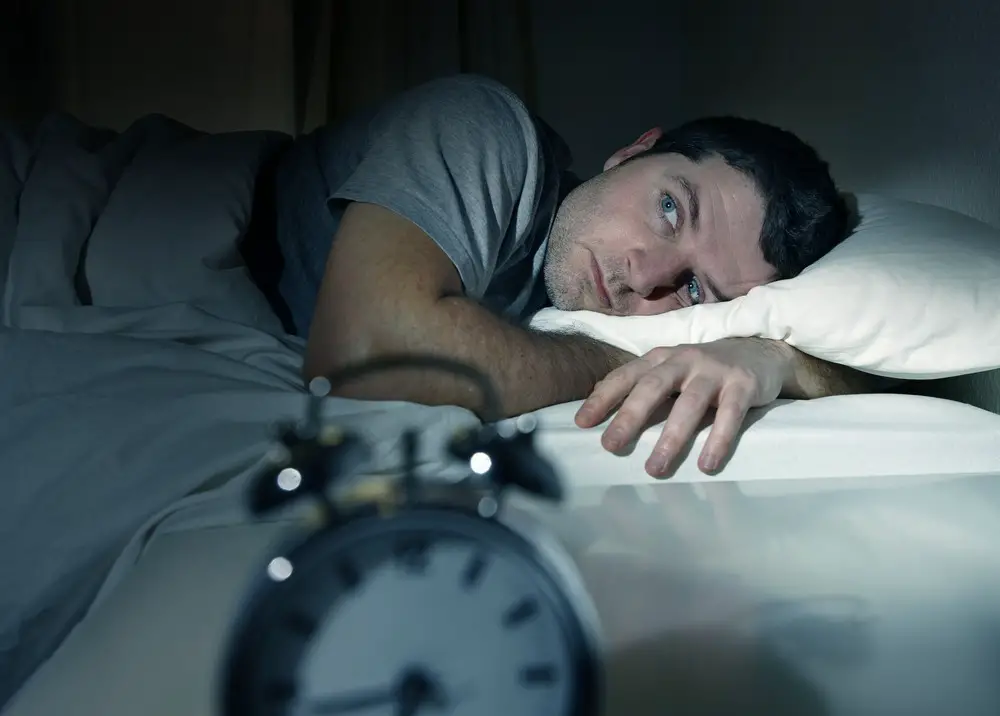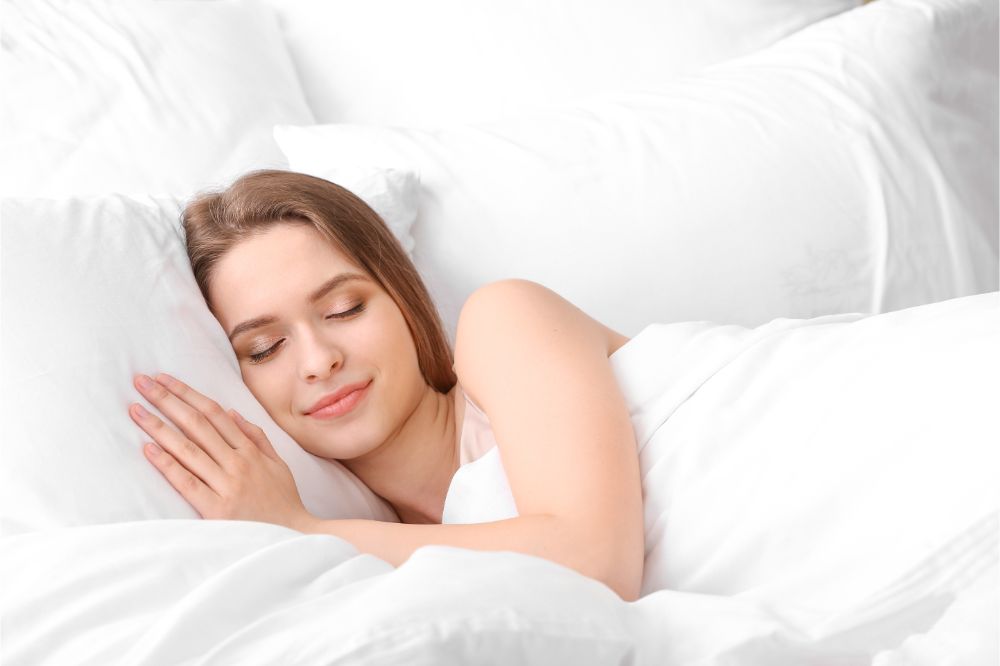As a BetterHelp affiliate, we receive compensation from BetterHelp if you purchase products or services through the links provided
Finding the right color light to help you sleep can be a challenge. Many of us struggle with getting enough rest, tossing and turning under the glow of our room’s lighting. Understanding how different colors affect sleep could be the key to better rest.
One interesting fact is that red light is the best color for promoting sleep because it increases melatonin production.
This article will explore how choosing specific light colors for your bedroom can improve sleep quality. We’ll compare blue and red LEDs, highlight ways to create a sleep-friendly environment with light, and offer tips for enhancing your nightly routine through color choice.
Ready to discover which hue will help you drift off into dreamland? Read on!
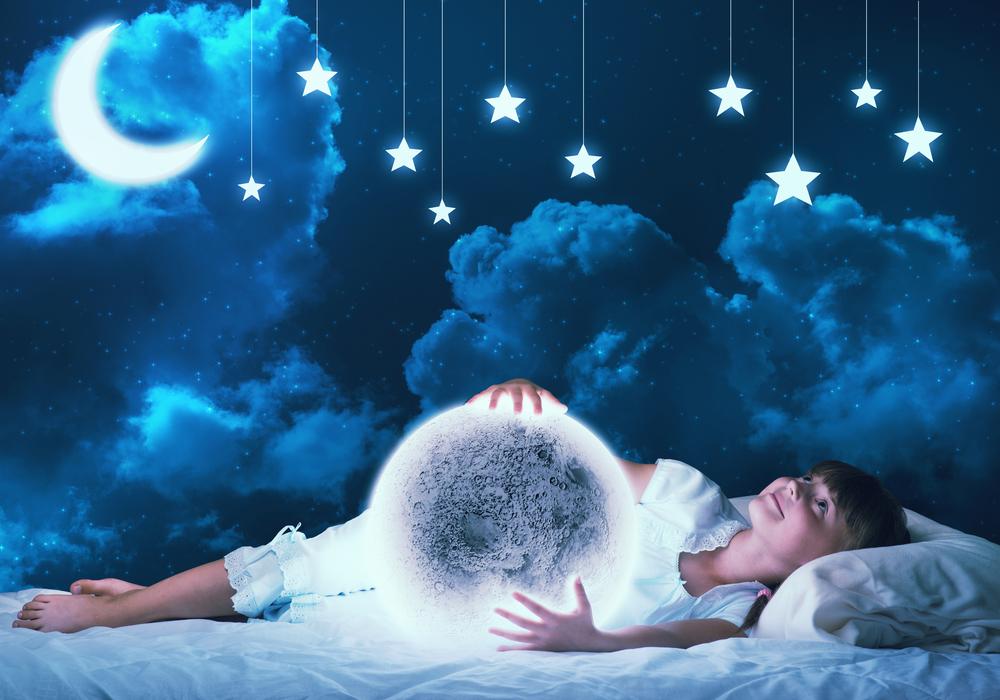
The Science of Sleep and Light
The relationship between light and sleep is complex yet crucial for our well-being. Light is pivotal in regulating our circadian rhythm, the internal clock that dictates when we feel awake and sleepy.
During the day, exposure to blue wavelengths in natural light boosts alertness, improving performance and mood. As night falls, the absence of light signals our brains to produce melatonin, the hormone responsible for making us sleepy.
Unfortunately, artificial lighting can disrupt this natural process. Especially problematic is blue light from screens and LED lights; it tricks our brain into thinking it’s still daytime, hindering melatonin production and delaying sleep.
Experts highlight the benefits of red light for better sleep quality because it promotes relaxation without suppressing melatonin production like blue light does. Warm hues such as reds, oranges, and yellows mimic sunset colors, naturally preparing our bodies for rest.
Choosing the Right Light Color for Restful Sleep
Understanding how different colors of light impact sleep sets the stage for selecting the optimal hue to enhance your rest. Red light is a superior choice for improving sleep quality because it boosts melatonin production, a crucial hormone for regulating sleep.
Opting for lights that emit warm hues, specifically red, amber, or even shades of orange and yellow, can prepare your body and mind for a peaceful slumber. These colors mimic the natural sunset, helping signal to your brain that it’s time to wind down.
Experts often suggest incorporating red or amber lighting into your bedroom setup as these tones are soothing and conducive to relaxation and melatonin stimulation.
On the other hand, blue light—common in devices like smartphones and computers—should be minimized during evening hours because it interferes with one’s natural circadian rhythm by suppressing melatonin levels.
Blue vs. Red: Which LED Color is Best for Sleep?
Choosing the right LED color for sleep can significantly impact your rest quality. This comparison between blue and red light aims to help you decide which LED color is best for sleep.
| Aspect | Blue Light | Red Light |
| Effect on Melatonin Production | It suppresses melatonin production, making it harder to fall asleep. | Increases melatonin production, essential for sleep. |
| Impact on Sleep-Wake Cycle | It disrupts the body’s natural sleep-wake cycle if used in the evening. | Promotes a healthy sleep-wake cycle by not interfering with melatonin levels. |
| Recommended Usage Time | Beneficial during daylight hours for alertness and mood improvement. | It is best used in the evening to prepare the body and mind for restful sleep. |
| Psychological Effects | It can lead to alertness and decreased drowsiness, which is not ideal for bedtime. | Warm and soothing, it helps relax the mind and prepare for sleep. |
| Specific Recommendations | Avoid in the evening to prevent sleep disruption. | It is highly recommended as a night light or during pre-sleep routines. |
| Research Findings | Linked to sleep difficulties and delayed sleep onset. | Limited but promising research suggests it may stimulate sleep. |
| Individual Preferences | It may vary but is generally not favored for sleep due to its stimulating properties. | It can vary, but many find red and amber hues soothing and conducive to sleep. |
Creating a Sleep-Friendly Environment with Light
Transforming your bedroom into a sanctuary for sleep starts with paying close attention to the lighting environment. Red and amber lights, known for their soothing effects, significantly improve sleep quality by increasing melatonin production.
These warm hues create a restful atmosphere that prepares your body and mind for sleep. Ensuring your bedroom has these light colors can significantly affect how quickly you fall asleep and the depth of your rest.
Adjusting light sources to emit red or amber tones in the evening helps signal your brain that it’s time to wind down. Replace harsh white bulbs with softer, warmer ones, or consider using smart LED lights that can change color based on the time of day.
Unraveling the Mystery: Best Color for a Good Night’s Sleep
Experts have uncovered that red light shines brightest as the ultimate hue for encouraging sleep. This color boosts melatonin production and signals to the body that it’s time to wind down and rest.
Findings show a strong link between warm hues like red, orange, and yellow and preparing the mind for sleep. Incorporating these colors into your bedtime routine might be the key to unlocking better rest.
Their soothing properties help create a tranquil atmosphere conducive to relaxation.
Amidst various recommendations, red and amber lights stand out as top choices for nighttime lighting. Although green light exudes calmness and pink promises serenity, they don’t match red’s prowess in promoting sleepiness.
Meanwhile, blue wavelengths do wonders during daylight but become culprits in disturbing night-time rest by interfering with our natural circadian rhythms.
Tailoring your bedroom lighting with these insights can transform your sleeping environment into a haven of tranquility, paving the way for deeper and more rejuvenating slumber cycles.
Harnessing the Power of LED Lighting for Quality Sleep
Harnessing LED lighting technology can significantly improve your sleep quality by aligning with natural circadian rhythms and promoting melatonin production. Opt for warm hues like red or amber in bedroom lighting to create a restful atmosphere.
These colors have been proven to prepare the mind and body for sleep, making falling and staying asleep throughout the night easier.
Switching out blue light-emitting devices for LEDs that offer red spectrum light before bedtime can help reduce sleep disturbances caused by blue wavelengths, which are known to interrupt the body’s natural sleep-wake cycle.
Discover the Best LED Color to Help You Sleep Soundly
Red light emerges as the top choice for those looking to improve their sleep quality through LED lighting. Its ability to boost melatonin production makes it stand out among other colors.
This benefit is crucial because melatonin plays a significant role in regulating sleep patterns. Warm hues, particularly red and amber, prepare your mind and body for rest by creating a soothing atmosphere that encourages relaxation.
Experts often recommend these colors over cooler tones like blue, which can disrupt the natural cycle of sleep and wakefulness. Red light therapy’s relaxing properties promote better sleep and help maintain a consistent sleeping schedule.
Avoid blue light before bedtime to keep your circadian rhythm balanced, making it easier to fall asleep and enjoy uninterrupted rest.
Maximizing Sleep Benefits: Selecting the Optimal Light Color
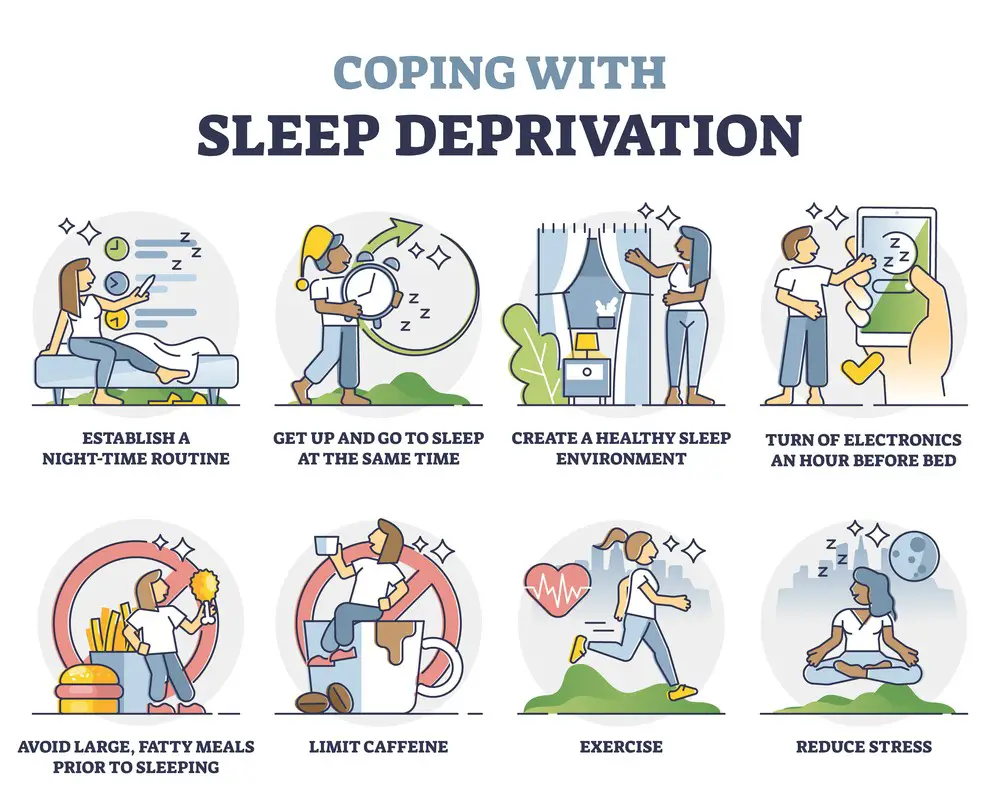
Choosing the right light color is key to maximizing your sleep benefits. This step can significantly improve your overall sleep quality.
Tips for Better Sleep Habits
Light exposure plays a crucial role in regulating our sleep-wake cycles. To maximize sleep benefits, it’s recommended to minimize exposure to blue light, emitted by electronic devices in the evening. Instead, opt for warm, amber-toned lights with a lower color temperature. These warmer hues help promote melatonin production, the sleep-regulating hormone.
Additionally, establishing a consistent sleep routine, creating a cool, dark, and quiet sleep environment, and practicing relaxation techniques can improve sleep quality. Choosing the right light color and implementing healthy sleep habits can enhance your overall well-being and allow you to wake up feeling refreshed.
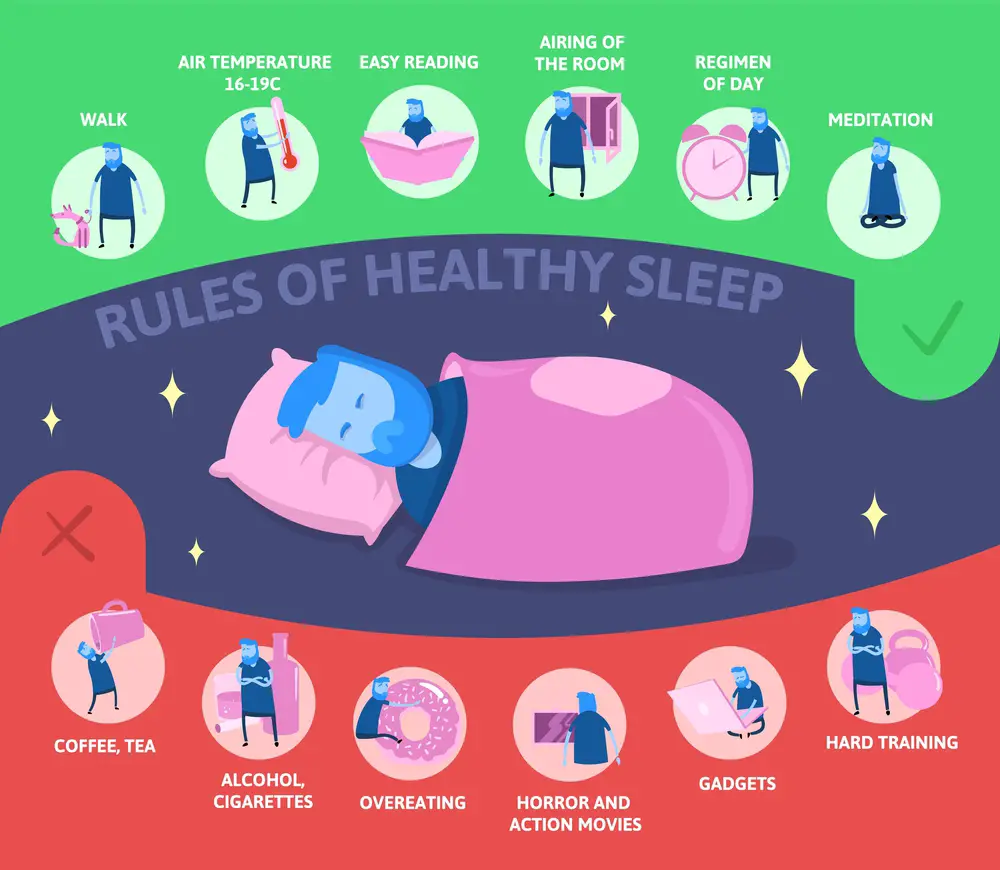
Limit Screen Time Before Bed
Reducing screen time before bed can significantly impact your sleep quality and relaxation. Electronic devices like smartphones, tablets, and computers emit blue light, which has been shown to disrupt the body’s natural circadian rhythm by reducing melatonin production.
Experts advise turning off these devices at least an hour before bedtime to help signal to your body that it’s time to wind down.
Use Calming Colors of Light
When maximizing sleep benefits through lighting, using calming colors is key. Warm, amber-toned lights with longer wavelengths are ideal for the evening hours. These hues mimic the natural light of sunset, triggering the release of melatonin, the sleep-inducing hormone. In contrast, cool, blue-toned lights can disrupt circadian rhythms and impede sleep onset.
Consider investing in smart bulbs that allow you to adjust the color temperature, gradually transitioning to warmer shades as bedtime approaches. Additionally, dimming lights and minimizing exposure to bright, blue-enriched light sources can create a soothing atmosphere, promoting relaxation and better sleep quality.
- Stress Management: What is the Relationship Between Stress and Addiction? - June 28, 2024
- Exploring Techniques to Maintain a Healthy Lifestyle without Drugs - May 28, 2024
- How Acupuncture Helps Treat Chronic Fatigue Syndrome - May 28, 2024
This site contains affiliate links to products. We will receive a commission for purchases made through these links.

